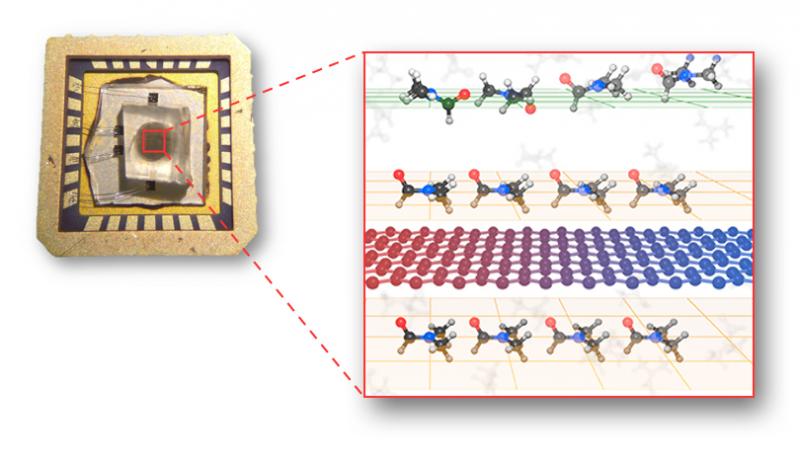
Heat transfer fluids are widely used as coolants in vehicles and industrial processes to dissipate heat and prevent overheating. However, the cooling potential of current fluids based on water and oils is typically too low to meet the ever more demanding needs of industry. In microelectronics, for instance, absolute temperature control is crucial for the adequate and reliable performance of electronic components.
Additionally, new equally demanding applications are emerging in energy conversion and thermal storage technologies.
With conventional fluids not up to the task, researchers have turned their attention to fluids with added nanoparticles, known as nanofluids. Many different base fluids and nanoparticles in different concentrations have been tested, with results all pointing to the overall enhancement of thermal properties.
What is not yet known, though, is why this happens; what specific mechanisms are responsible for the improved heat exchange rates and thermal conductivities found in nanofluids.
In this paper, titled “Mechanisms behind the enhancement of thermal properties of graphene nanofluids” and published in the Royal Society of Chemistry’s Nanoscale, researchers from three ICN2 groups have joined forces to shed some light on the matter.
Lead author PhD student María del Rocío Rodríguez Laguna of ICN2 Novel Energy-Oriented Materials Group reports how they use a book-example system to look at the interactions between the nanoparticles and fluid molecules in graphene-amide nanofluids.
Specifically, they looked at the influence of graphene concentration on thermal conductivity, heat capacity, sound velocity and Raman spectra.
Not only do their findings confirm that the presence of graphene impacts positively on all of these properties, including enhancing thermal conductivity by as much as 48 percent (0.18 wt percent of graphene), but they provide considerable insight into the mechanisms explaining why. While ruling out some of the existing Brownian motion-based theories, they lend support to others related to the way in which the very presence of nanoparticles can modify the molecular arrangement of the base fluid.
For instance, Raman spectra analysis indicated that the mere presence of tiny amounts of graphene modifies the interactions taking place between all fluid molecules, thereby affecting the vibrational energy of the fluid as a whole. In addition to this long-range effect, theoretical simulations showed that graphene induces a local parallel orientation of the solvent molecules closest to it, favoring a π-π stacking, as well as a local ordering of the fluid molecules around the graphene.
These results represent an excellent first step towards a fuller understanding of how nanofluids work and how they might be further enhanced to meet the future demands of industry. Already graphene-based nanofluids can find a wide range of applications in such as flexible electronics, energy conversion and thermal storage.
What’s more, the tiny quantities of nanoparticles needed to produce these superior heat transfer performances means contamination and overall costs will be kept to a minimum.
The three ICN2 groups participating in this research were the aforementioned Novel Energy-Oriented Materials Group led by CSIC Professor Pedro Gómez-Romero, the Phononic and Photonic Nanostructures Group led by ICREA Professor Clivia M. Sotomayor Torres and the Theory and Simulation Group led by Professor Pablo Ordejón, ICN2 Director.
